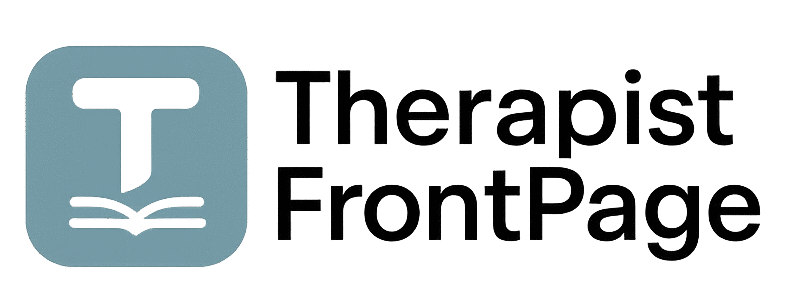As online search trends show, interest in journaling for mental health and Eye Movement Desensitization and Reprocessing (EMDR) therapy has surged. People want practical tools to heal from trauma, manage stress and deepen self‑awareness. As a Licensed Marriage and Family Therapist (LMFT) practicing in California, I often recommend these approaches because they empower clients to take an active role in their mental well‑being.
Why Journaling for Mental Health Is Trending
Journaling isn’t just about recording your day – it’s a therapeutic tool that helps you explore feelings and identify patterns. High search volumes for “journaling for mental health” reflect how many people are looking for simple, low‑cost ways to process emotions and reduce stress. Journaling can help you:
- Process difficult emotions: Writing about feelings can ease their intensity and help you gain perspective.
- Identify patterns and triggers: Over time you may notice situations or people that increase anxiety or depression.
- Relieve stress: Getting thoughts out of your head and onto paper often makes them feel more manageable.
- Track progress and growth: Noting small victories and lessons learned reminds you how far you’ve come.
- Cultivate gratitude: Many clients feel better by jotting down things they appreciate each day.
What Is EMDR Therapy?
Eye Movement Desensitization and Reprocessing (EMDR) is a structured therapy that helps people recover from trauma and disturbing experiences. Searches for “EMDR therapy” have climbed sharply because it’s gaining recognition as an effective treatment for post‑traumatic stress disorder (PTSD), anxiety, phobias and even chronic pain. In EMDR sessions, a therapist guides you through memories while using bilateral stimulation (like eye movements or tapping) to reduce the emotional charge attached to those memories. This process can help your brain reprocess painful events so they no longer feel so triggering.
EMDR is backed by research and recommended by organizations like the American Psychological Association for treating trauma. It’s important to work with a trained EMDR therapist who can tailor the process to your needs.
Combining Journaling and EMDR
Journaling and EMDR complement each other beautifully. Many of my clients use a journal to record insights after EMDR sessions or to prepare for upcoming appointments. For example, you might write about feelings that surfaced during a session, or keep track of triggers that appear between sessions. Journaling can also help you practise distress tolerance skills and emotional regulation when difficult memories arise.
Getting Started
Here are some tips to begin using journaling and EMDR for healing and self‑discovery:
- Choose a medium: A physical notebook works for many people. Others prefer secure digital journaling apps.
- Set aside time: Even 5–10 minutes a day can make a difference. Consistency is more important than length.
- Use prompts: Start with questions like “What am I feeling right now?” or “What triggered my anxiety today?” Gratitude lists and future visions are also helpful.
- Find an EMDR therapist: Look for providers certified through the EMDR International Association (EMDRIA). You can search directories and filter for online therapy in California if you prefer telehealth.
- Be patient: EMDR can bring up intense emotions. Lean on your therapist and support system as you process.
- Practice self‑care: Make sure you’re eating well, exercising, sleeping and using relaxation techniques to support your nervous system.
Recommended Resources
If you’d like to explore journaling and EMDR further, here are some tools I recommend. When you purchase through these links, I may earn a small commission at no cost to you:
- Guided journals: The Five Minute Journal and the Therapist’s Guided Journal provide prompts that make it easy to start a daily practice.
- Journaling apps: Platforms like Day One or Journey allow you to journal securely on your phone or computer.
- EMDR self‑help books: Getting Past Your Past by EMDR creator Dr. Francine Shapiro and The Body Keeps the Score by Bessel van der Kolk explain how trauma lives in the body and how EMDR can help.
- EMDR therapist directories: Visit EMDRIA.org to locate certified therapists near you or to filter for virtual providers in California.
- Online therapy platforms: Companies like BetterHelp and Talkspace offer online therapy that may include EMDR techniques and journaling assignments.
Journaling and EMDR are powerful tools for healing and growth. Whether you’re processing trauma or simply seeking more self‑awareness, these practices can help you reconnect with yourself and move forward with greater clarity and calm.
Realizations Self‑Mastery: Gratitude & Productivity Journal
Build momentum, track habits, and operationalize gratitude.
As an Amazon Associate, I earn from qualifying purchases.



